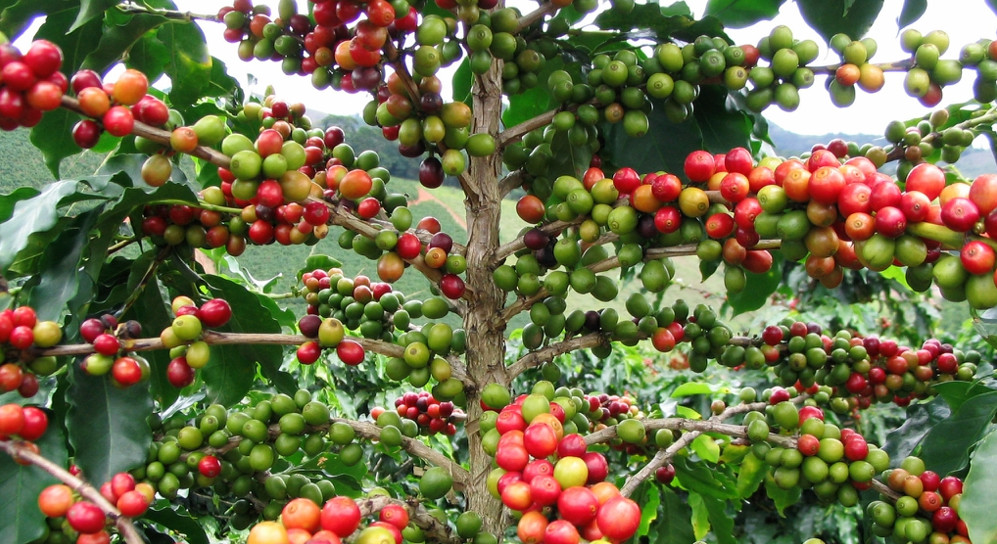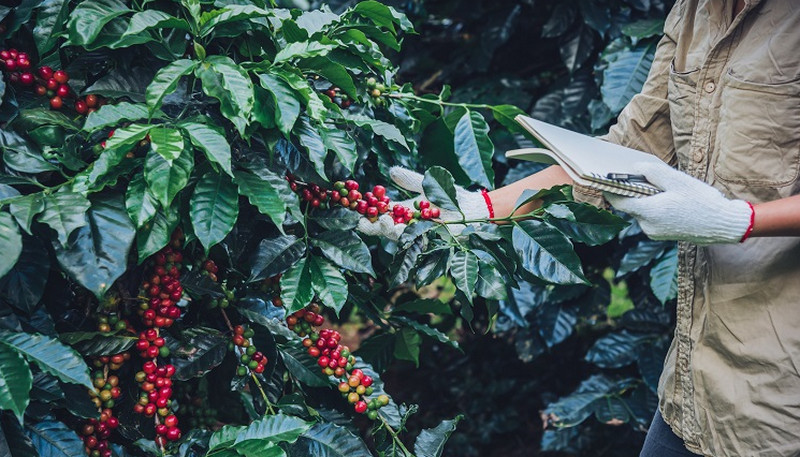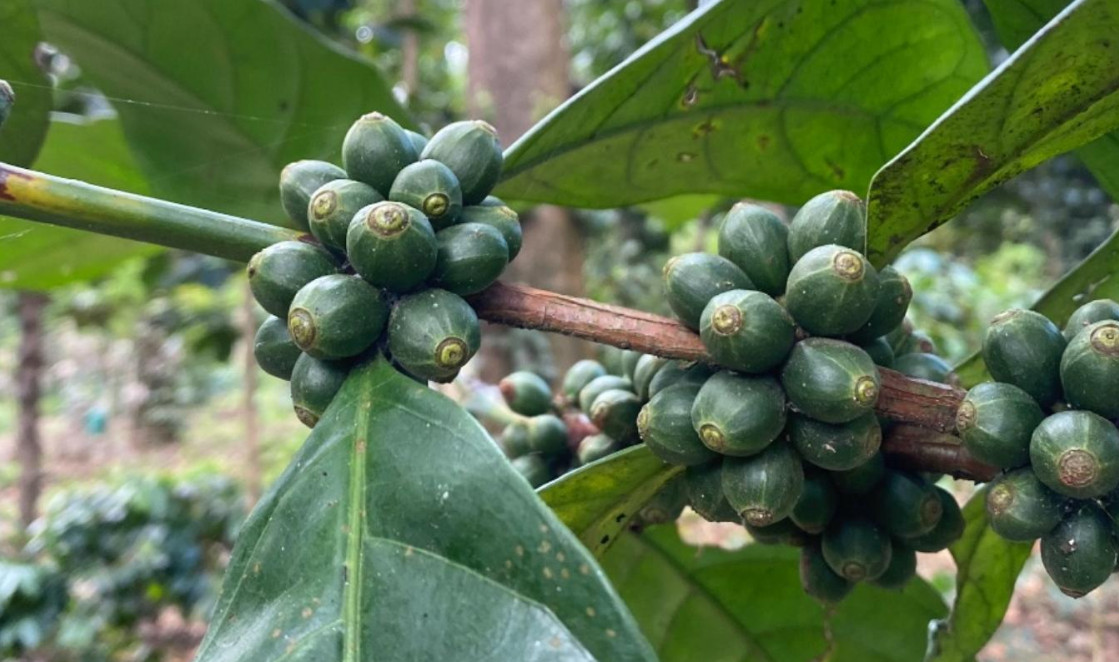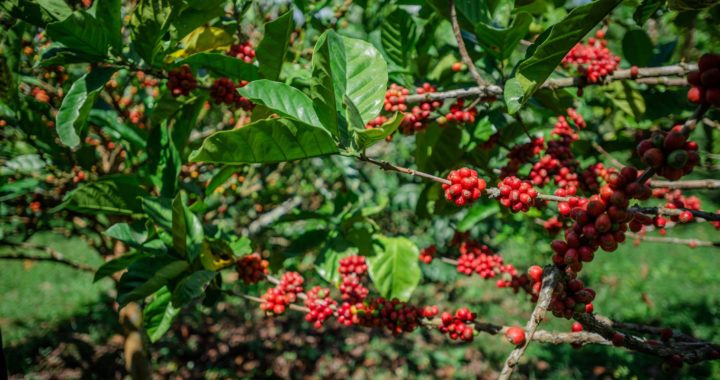Coffee cultivation in the Philippines boasts a rich tapestry of varieties and cultivars, each with its distinct flavor profile, history, and cultural significance. From the aromatic Arabica beans of the Cordillera mountains to the robust Barako coffee of Batangas, the Philippines is a treasure trove of coffee diversity. In this article, we will delve into the coffee varieties in the Philippines, exploring their unique characteristics, the regions where they thrive, and the cultural importance of coffee in this tropical archipelago. Join us through Filipino coffee culture’s diverse flavors and traditions.
The Philippines is a major coffee producer known for its high-quality coffee beans. The country’s diverse climate and terrain allow for cultivating all four commercially viable varieties of coffee: Arabica, Robusta, Liberica, and Excelsa. In addition to these four varieties, several cultivars of coffee are grown in the Philippines. This article will explore the different varieties and cultivars of coffee grown in the Philippines and their unique flavors and aromas.
Here are some of the critical points that you can highlight in your article introduction:
- The Philippines is a major producer of coffee.
- The country’s diverse climate and terrain allow for cultivating all four commercially viable varieties of coffee.
- There are also several coffee cultivars in the Philippines.
- This article will explore the different varieties and cultivars of coffee grown in the Philippines and their unique flavors and aromas.
Coffee Varieties and Cultivars in the Philippines
The Philippines has several coffee varieties and cultivars, each with unique characteristics and flavors. Coffee cultivation in the Philippines has a rich history dating back to the Spanish colonial era, and the country has developed a diverse coffee culture over the years. Here are some of the notable coffee varieties and cultivars grown in the Philippines:
1. Arabica
Arabica coffee (Coffea arabica) is among the most revered and widely cultivated coffee species globally. This botanical gem is celebrated for its superior flavor, grown primarily at higher altitudes between 2,000 to 6,000 feet, requiring consistent rainfall and mild temperatures. Characterized by its slender leaves and delicate cherries, Arabica offers a smooth, nuanced cup with notes of fruit, flowers, and nuts. Its lower caffeine content, compared to Robusta, renders a less bitter, more refined brew, making Arabica a favorite among coffee connoisseurs. It is the cornerstone of specialty coffee, treasured for its elegance, fragrance, and complex taste profile.

2. Robusta
Robusta coffee (Coffea canephora) is a robust and hardy coffee species, distinct from the more delicate Arabica. Grown in low-altitude regions, particularly in Africa and Southeast Asia, Robusta thrives in hotter climates with fewer rainfall requirements. The Robusta coffee beans are smaller and rounder than Arabica beans and contain significantly more caffeine, resulting in a more bitter and robust flavor profile with earthy, woody notes. Robusta is often chosen for its resilience to pests and diseases and its suitability for espresso blends. It plays a vital role in the coffee industry, contributing to the boldness and crema of many espresso beverages.

3. Excelsa
Excelsa coffee (Coffea excelsa or Coffea liberica var. dewevrei) is a unique coffee variety known for its distinctive and adventurous flavor profile. Unlike the more common Arabica and Robusta coffee beans, Excelsa offers a tart and fruity experience with hints of spiciness. It is typically grown in regions with diverse climates, including parts of Africa and Southeast Asia. Excelsa coffee beans are characterized by their large, irregular shape. This coffee variety is often used in blends to add complexity and a tangy, fruity note to the overall flavor. Its unconventional taste makes it a sought-after choice for those exploring coffee’s diverse flavors.
Excelsa leaves are also the largest among other coffee varieties.

4. Liberica (Kapeng Barako)
Liberica coffee (Coffea liberica) is a distinctive coffee variety renowned for its bold and robust flavor profile. Unlike the more common Arabica and Robusta coffees, Liberica beans are larger, irregularly shaped, and have a unique, woody, and smoky flavor with hints of earthiness and bitterness. Liberica coffee plants are hardier and more resistant to pests and diseases, making them suitable for cultivation in regions where other coffee species struggle. Though less widespread than Arabica or Robusta, Liberica coffee has a dedicated following, particularly in Africa and Southeast Asia, where coffee enthusiasts appreciate its unique taste and resilience.

The Liberica variety is probably the most famous coffee in the Philippines, mainly in Batangas. Liberica is locally called Kapeng Barako.
In recent years, the Philippines’ coffee industry has been trying to improve the quality and sustainability of coffee production. Many local farmers and cooperatives are focused on promoting these unique Philippine coffee varieties and cultivars, contributing to the country’s growing reputation as a specialty coffee producer.
Current Status of Coffee Industry in the Philippines
The coffee industry in the Philippines was experiencing several significant developments and challenges:
- Increased Coffee Production: The Philippines has been trying to revitalize its coffee industry by promoting cultivation and supporting local coffee farmers. There was a growing interest in specialty coffee production, with farmers focusing on high-quality Arabica and Robusta beans.
- Coffee Quality Improvement: Many Philippine coffee producers were working on improving the quality of their beans to meet the demands of the specialty coffee market. This included better post-harvest processing and adhering to international quality standards.
- Government Initiatives: The government has implemented programs and initiatives to support coffee farmers, such as the Philippine Coffee Industry Roadmap, which aims to increase coffee production and help farmers access markets.
- Challenges: The Philippine coffee industry faced challenges such as aging coffee trees, limited farmers’ financing access, and issues related to pests and diseases. Climate change was also a concern, as it could affect coffee production by altering weather patterns and increasing the incidence of pests and diseases.
- Emerging Coffee Regions: While traditional coffee-producing areas like Batangas and Cavite remained significant, other regions, including Benguet, Davao, and Bukidnon, emerged as coffee-producing hubs.
- Growing Interest in Specialty Coffee: The demand for specialty coffee was rising in the Philippines, both domestically and internationally. This allowed local coffee producers to focus on unique flavor profiles and premium pricing.
See Also:
- 9 Health Benefits of Kapeng Barako, Description, and Side Effects
- 11 Health Benefits of Thyme, Description, and Side Effects
- 11 Health Benefits of Spinach, Description, and Side Effects
- 12 Health Benefits of Alfalfa Sprouts, Description, and Side Effects
- 10 Health Benefits of Runner Beans, Description, and Side Effects
